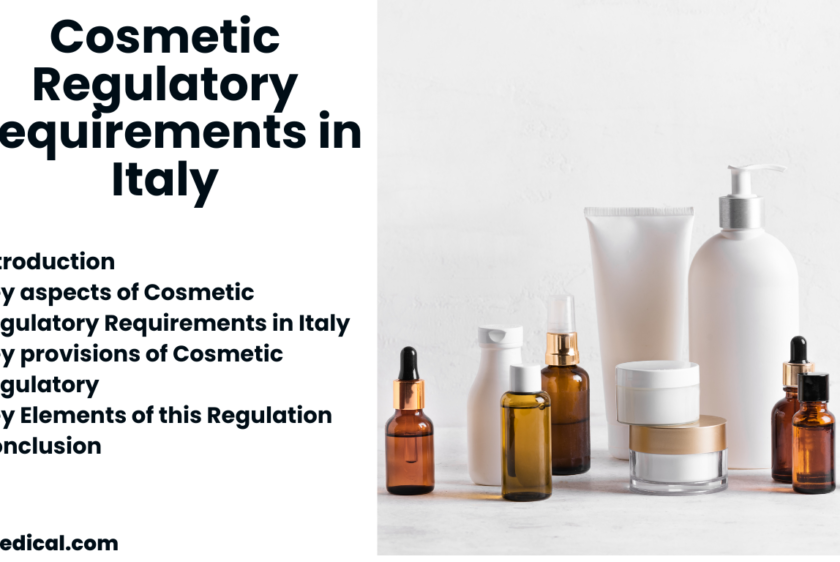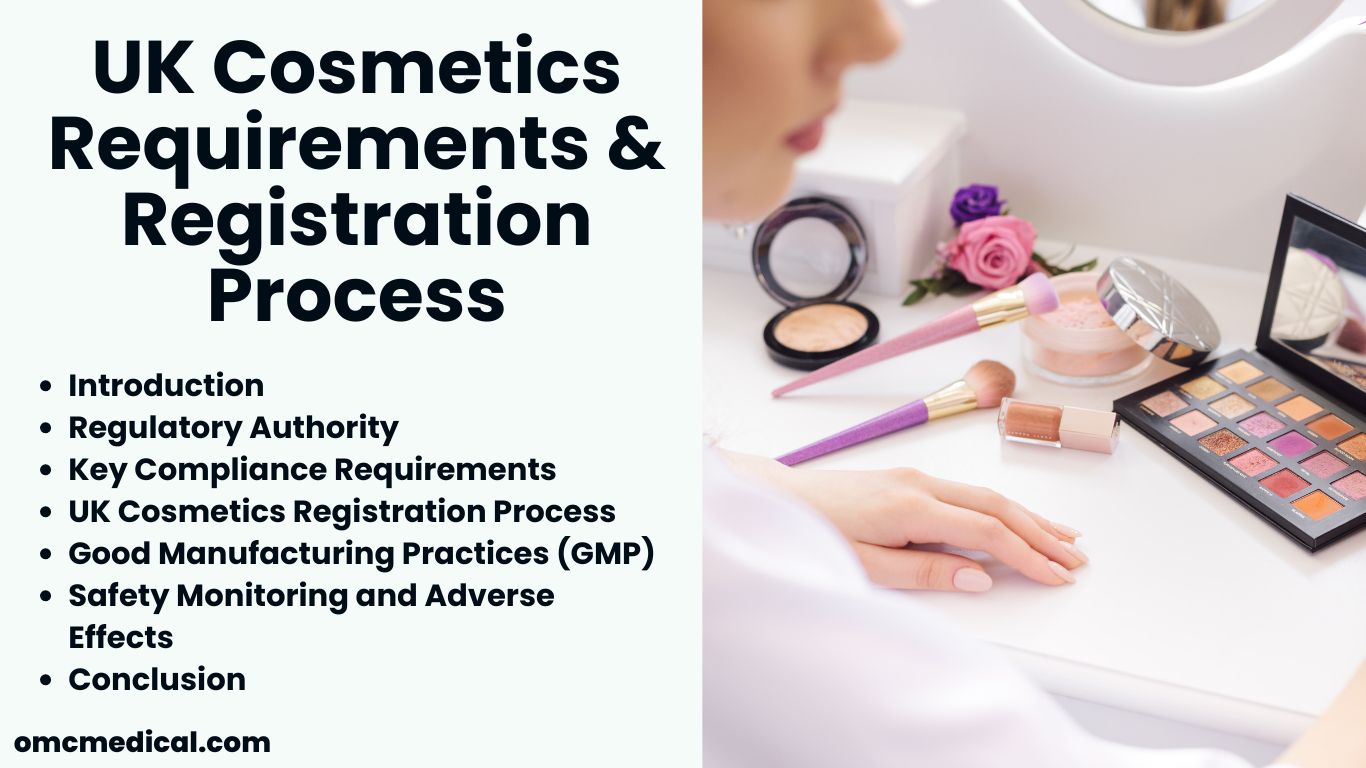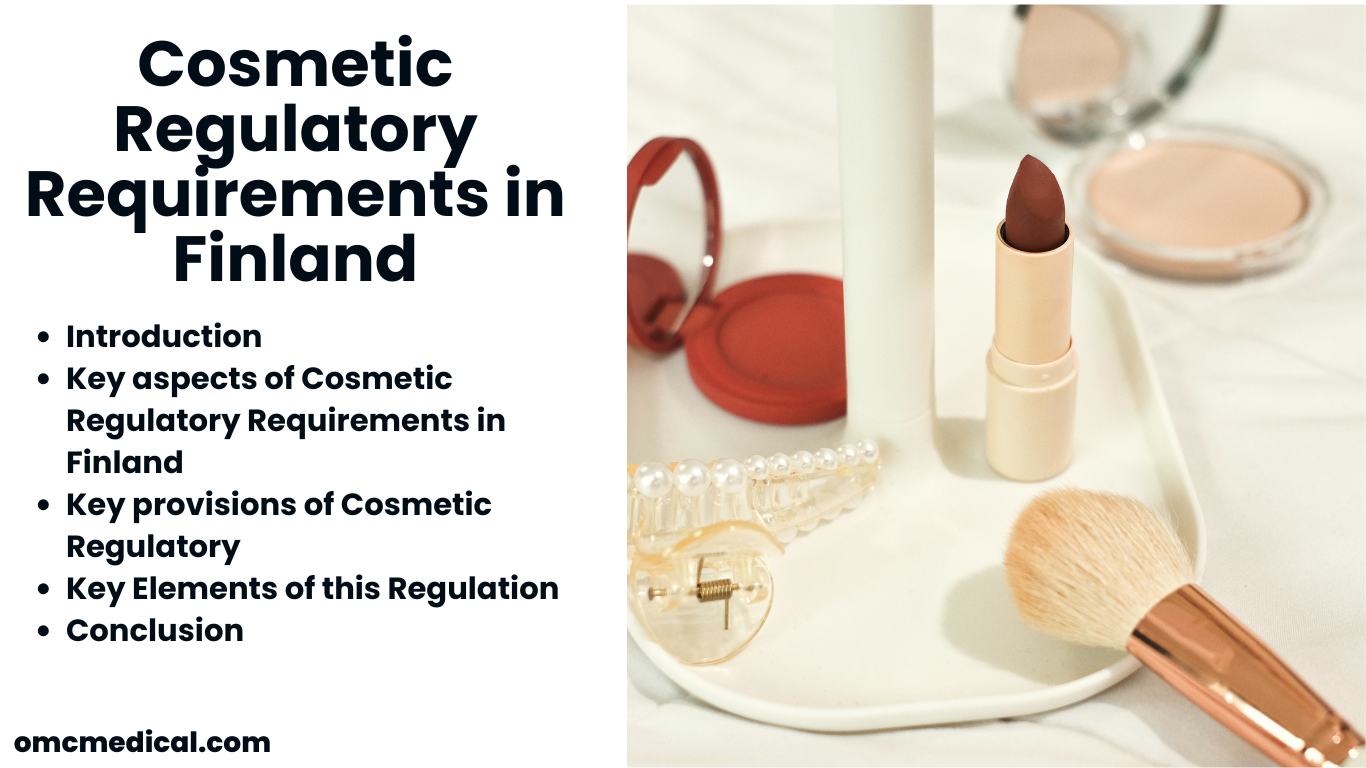Italy adheres to the EU regulation (Regulation (EC) No 1223/2009). The Italian Ministry of Health oversees the regulation of cosmetic products in the country.
Italian Ministry of Health
In Italy, the oversight and enforcement of cosmetic regulations are managed by the Italian Ministry of Health (Ministero della Salute). This authority works in collaboration with the Istituto Superiore di Sanità (ISS), the national institute of health, to ensure compliance with EU regulations and to address specific national concerns.
Language Requirements
According to EU regulations, including in Italy, the language used on the labelling of cosmetic products must be easily understood by consumers. While there is no specific requirement to use Italian as the sole language, the label must be clear and comprehensible to consumers in Italy. This often means that labelling should be in Italian or accompanied by Italian translations, especially for key information.
Market Surveillance
Regular inspections and market surveillance activities are conducted to verify compliance with regulations and to ensure the safety of cosmetic products available to consumers.
Notification and Communication
Manufacturers and distributors are expected to maintain clear and transparent communication channels with authorities regarding their products, including any updates or changes that may affect safety or compliance.
Post Market Surveillance
Continuous monitoring of cosmetic products on the market is essential to promptly identify and address any emerging safety issues or adverse reactions reported by consumers.
Industry Associations and Guidance
Italian cosmetic manufacturers and distributors often benefit from guidance provided by industry associations such as Cosmetica Italia. These associations offer resources, training, and updates on regulatory changes to help businesses navigate compliance requirements effectively.
Key provisions of the Regulation
The Regulation (EC) No 1223/2009 on cosmetic products, which came into effect on July 11, 2013, replaced the Cosmetics Directive 76/768/EEC. The main objectives of this regulation are to ensure the safety of cosmetic products and to streamline the requirements across the EU member states.
1.Safety Assessment
Before a cosmetic product can be placed on the market, it must undergo a safety assessment conducted by a qualified safety assessor. The safety report is part of the Product Information File (PIF).
2. Product Information File (PIF)
Every cosmetic product must have a PIF, which includes detailed information about the product, such as the safety assessment, product description, manufacturing method, proof of the effects claimed, and data on any animal testing performed.
3. Notification
Cosmetic products must be notified to the EU Cosmetic Products Notification Portal (CPNP) before being marketed. This centralized database is accessible to competent authorities for market surveillance and emergency purposes.
4. Labelling
The product label must include the name and address of the responsible person, the country of origin for imported products, the nominal content, the date of minimum durability, precautions for use, the batch number, the product’s function, and a list of ingredients.
5. Cosmetic Good Manufacturing Practices (GMP)
Compliance with GMP, as outlined in ISO 22716, is mandatory to ensure the quality and safety of cosmetic products.
6. Nanomaterials
Special provisions apply to nanomaterials used in cosmetics, including specific labelling requirements and notification to the European Commission.
Conclusion
Italy’s regulatory framework for cosmetics emphasizes consumer safety and ensures that products meet rigorous standards before reaching the market. By aligning with EU regulations and enforcing additional national measures when necessary, Italy maintains a robust system that supports innovation while protecting public health.







